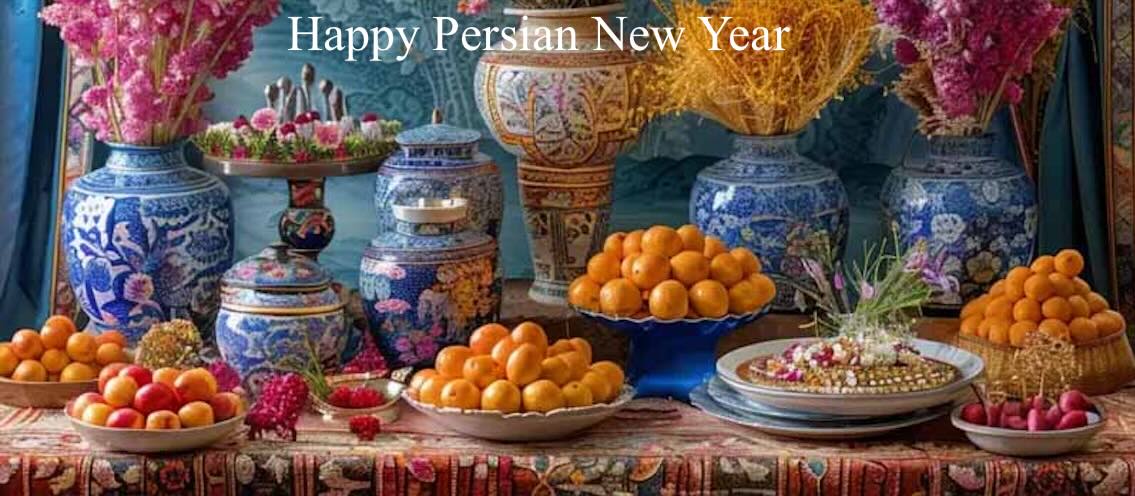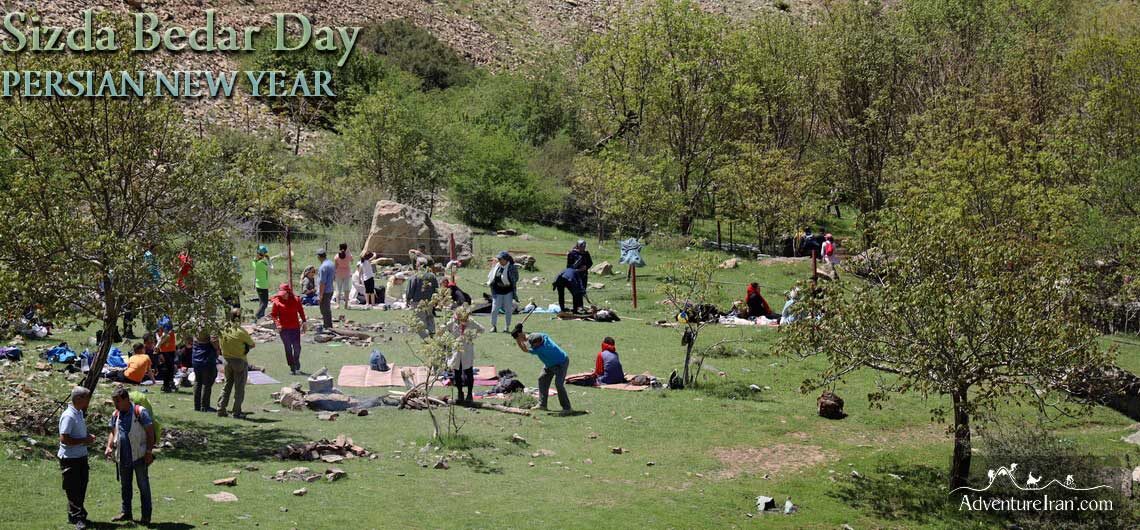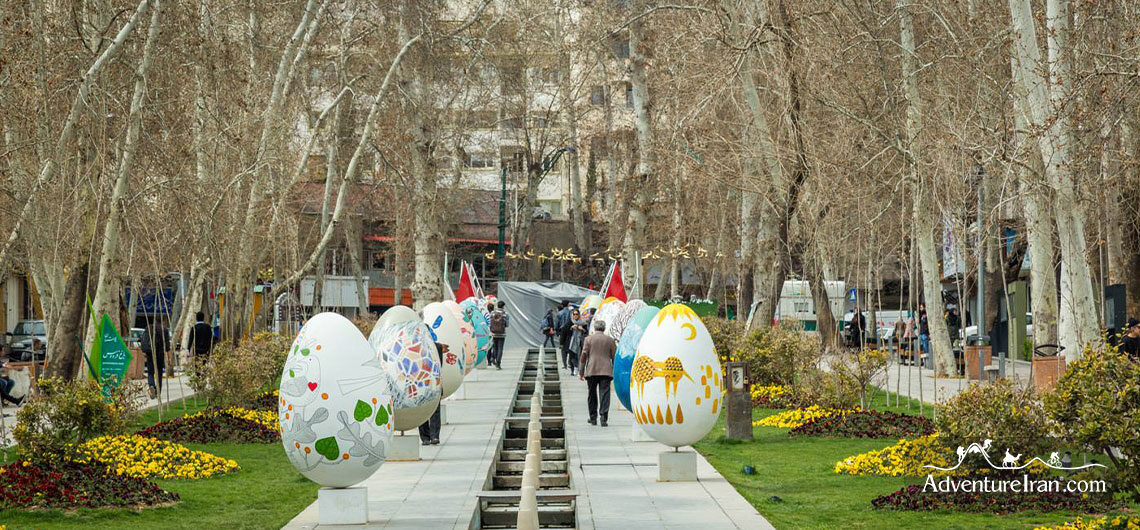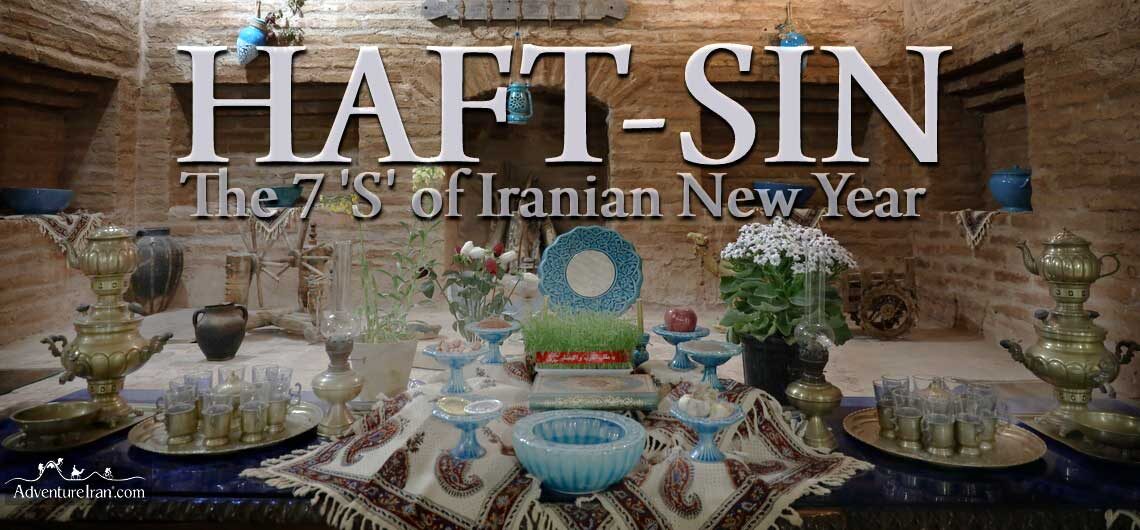Happy Persian New Year from Adventure Iran! As the vibrant colors of spring paint the landscape and the fragrance of blossoms fills the air, we at Adventure Iran extend our warmest wishes for a joyous Persian New Year to all our friends, travelers, and adventurers! Nowruz, or the Persian New Year, marks the beginning of
Sizdah Be-dar Day Sizdah Be-dar is the thirteenth day of Farvardin (the first month of the Iranian calendar) and is one of the New Year’s festivals. In Iran’s official calendar, this day is designated as Nature Day and is a holiday. Some people believe that Sizdah Be-dar day has an ominous feel about it,
Nowruz The Persian New Year Nowruz in Iran marks the first day of Farvardin and the Iranian New Year. In the Gregorian calendar, Nowruz mostly occurs on March 20 or 21 and rarely on March 22 if it’s a leap year. This day in Iran and Afghanistan makes the New Year. UNESCO has registered
Haft – Sin Table Nowruz is one of the oldest and most important festivals in Iran. Haft – Sin Table is an important part of this event. It is being celebrated since ancient times with numerous customs. Nowruz is the celebration of the New Year. One of the most famous Iranian Nowruz ceremonies is




